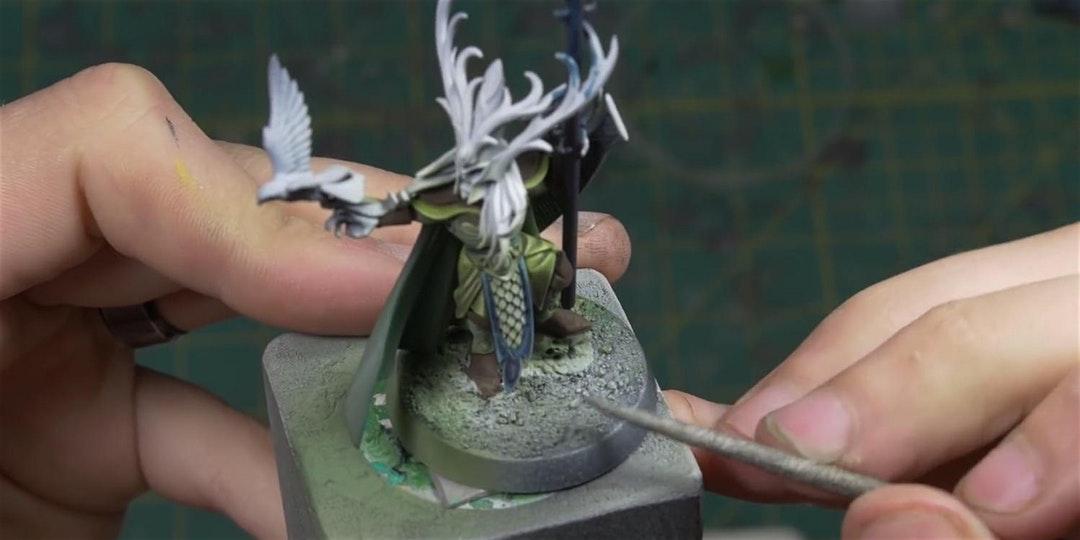Miniature painting is a fun and rewarding DIY hobby that allows you to create intricate and detailed works of art on a small scale. Whether you're a complete beginner or have some experience with painting miniatures, this guide will provide you with some helpful tips and tricks to get started.
Step 1: Choose the Right Miniature
The first step in miniature painting is to choose the right miniature. There are many different types of miniatures available, ranging from fantasy creatures to historical figures. Choose a miniature that you find interesting and that you're excited to paint.
Step 2: Gather Your Supplies
To get started with miniature painting, you'll need some basic supplies. This includes paint brushes, paint, primer, and a palette. You may also want to invest in some hobby knives, sandpaper, and other tools to help you with the painting process.
Step 3: Prime Your Miniature
Before you begin painting, you'll need to prime your miniature. This helps the paint adhere better to the surface and provides a smooth base for your paint. Use a spray-on primer or a brush-on primer to cover the entire miniature, being careful not to leave any spots uncovered.
Step 4: Start Painting
Once your miniature is primed, you can start painting. It's important to start with the base coat and work your way up to the finer details. Use thin layers of paint and allow each layer to dry completely before applying the next.
Step 5: Add Details
This is where your creativity can really shine. After the base coat is complete, you can start adding details to your miniature. This includes highlighting, shading, and adding texture. Use smaller brushes and thinner paint to create fine details and add depth to your miniature. Play around with different techniques and remember it doesn't have to be perfect your first try.
Step 6: Seal Your Miniature
Once your miniature is complete, you'll want to seal it to protect the paint and ensure it lasts for a long time. Use a clear spray-on sealant or brush-on sealant to cover the entire miniature, being careful not to leave any spots uncovered. Different sealants will have different dry times, so be sure to read the instructions carefully.
Bonus Step 7: Practice Makes Perfect
Remember that miniature painting is a skill that takes practice to master. Don't be discouraged if your first attempts don't turn out as you hoped. Keep practicing, experimenting with different techniques and styles, and you'll eventually find your own unique style.
Conclusion
Miniature painting is a fun and rewarding hobby that allows you to create beautiful works of art on a small scale. With the right tools, supplies, and techniques, you can create stunning miniatures that are sure to impress. Use this beginner's guide to get started and let your creativity soar!

